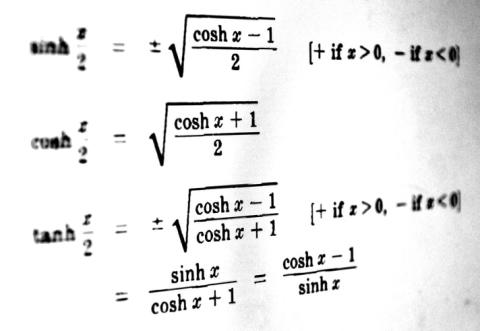Reducing Fractions to Lowest Terms
What does it mean to reduce a fraction to lowest terms?
- To reduce a fraction to its lowest terms means to simplify it by dividing both the numerator and denominator by their greatest common factor.
What is the lowest term of the fraction 12/36?
- The greatest common factor of 12 and 36 is 12, so we divide both the numerator and denominator by 12 to get 1/3.
What is the lowest term of the fraction 8/20?
- The greatest common factor of 8 and 20 is 4, so we divide both the numerator and denominator by 4 to get 2/5.
What is the lowest term of the fraction 15/45?
- The greatest common factor of 15 and 45 is 15, so we divide both the numerator and denominator by 15 to get 1/3.
What is the lowest term of the fraction 24/60?
- The greatest common factor of 24 and 60 is 12, so we divide both the numerator and denominator by 12 to get 1/3.
What is the lowest term of the fraction 25/100?
- The greatest common factor of 25 and 100 is 25, so we divide both the numerator and denominator by 25 to get 1/4.
What is the lowest term of the fraction 16/32?
- The greatest common factor of 16 and 32 is 16, so we divide both the numerator and denominator by 16 to get 1/2.
What is the lowest term of the fraction 9/27?
- The greatest common factor of 9 and 27 is 9, so we divide both the numerator and denominator by 9 to get 1/3.
What is the lowest term of the fraction 40/80?
- The greatest common factor of 40 and 80 is 40, so we divide both the numerator and denominator by 40 to get 1/2.
What is the lowest term of the fraction 7/14?
- The greatest common factor of 7 and 14 is 7, so we divide both the numerator and denominator by 7 to get 1/2.






